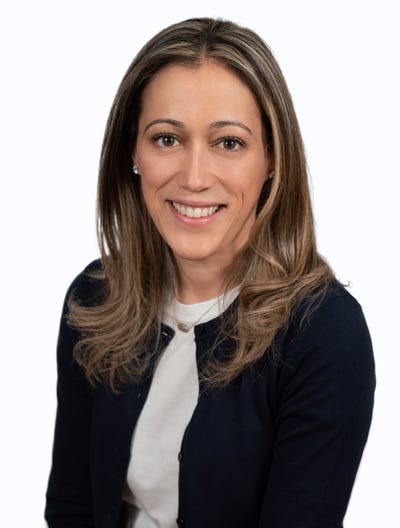Procter & Gamble’s latest earnings show brand power might be returningProcter & Gamble’s latest earnings show brand power might be returning
Shoppers continue to accept high prices for consumer staples; sales volume picking back up

Even with volumes slipping for many grocery categories this year, Procter & Gamble’s shoppers continue to accept high prices for their staple consumer products like razors and toothpaste, reports The Wall Street Journal.
P&G’s earnings results just go to show that consumers will still pay more for premium brands like Tide, even though prices were raised by 7% across its brands in the June quarter from a year ago. The prices of Pampers and Gillette were also up the last two quarters and are 10% more year over year.
Dragged down by lower demand in its healthcare and fabric and home-care divisions, overall sales volumes for P&G fell 1% in the most recent quarter. Some of the slower-moving brands included Crest toothpaste, Tide detergent, and Mr. Clean.
“We have seen as prices are rising around the world that volumes have pulled back, but that pullback is easing,” P&G Chief Financial Officer Andre Schulten said to WSJ. “Consumers are returning to the same or higher consumption levels we have before.”
Other CPG makers like Kimberly-Clark and Unilever have also recorded strong growth in recent earnings fueled by shoppers absorbing the higher prices. However, sales volumes are beginning to decline at many of these companies where WSJ cites “inflation-weary shoppers.”
Schulten said that while shoppers are willing to pay higher prices for P&G’s brands, which tend to be among the costliest on store shelves, the company has seen some consumers switching to private-label categories in paper products such as facial tissue.
This also comes as P&G just announced plans to trim its lower-performing SKUs as part of a collaborative commerce strategy, however, it involves ditching the bottom 25% of SKUs in the categories it operates which deliver a very small contribution to absolute retail sales, noted CFO Andre Schulten. “As we think about even better serving our consumers and even better serving our retail partners, it is a logical part of an optimization program to find a better, more efficient shelf.”
Unilever has recently done the same. During an earnings call this week, the company said it had removed 17% of its SKUs in the last 12 months and 25% over the last 18 months. Unilever CFO Graeme Pitkethly said it equates to about 2% to 2.5% of its turnover at a global level.
About the Author
You May Also Like






